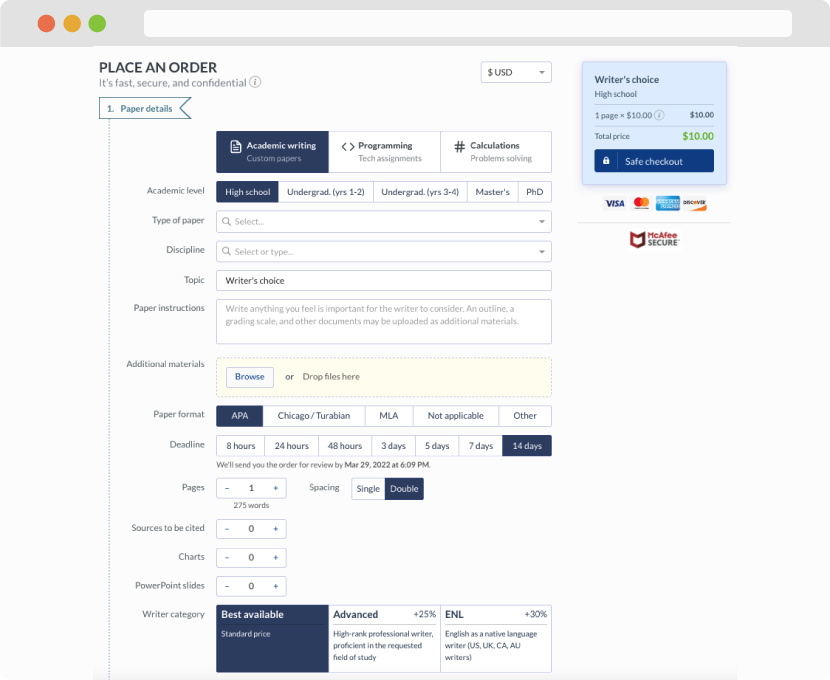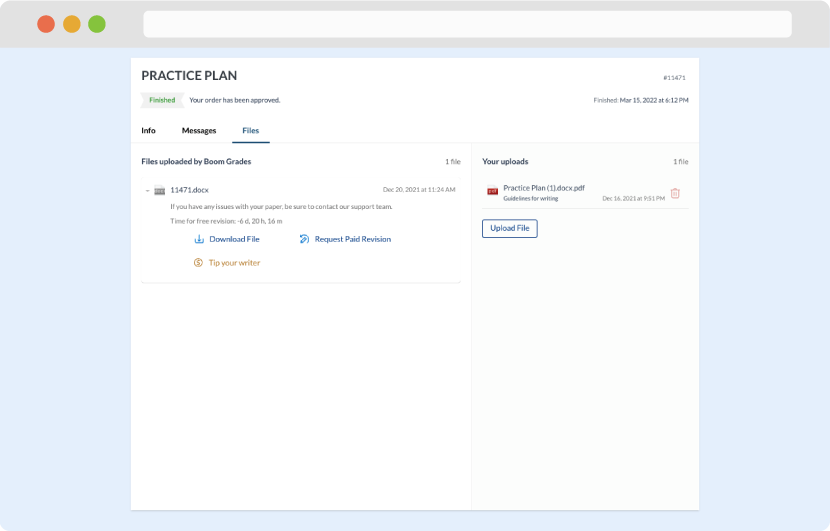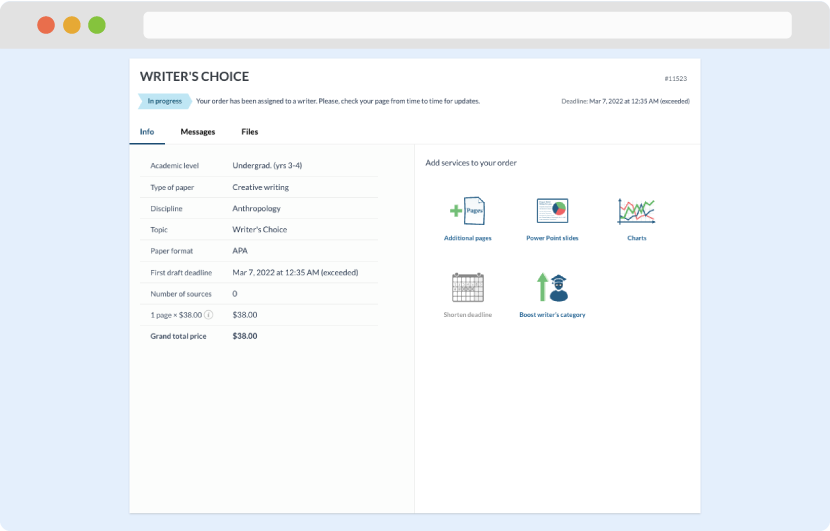(
Running Head:
JET IMPACT
1
)
Momentum Analysis: Jet Impact
(
Fahad Al-Qattan
29401
Abdullah
Altamimi
35082
Saud Ibrahim
gas
Bader Fadhl
24832
28135
) (
M2
)
Supervisor: Dr. Ahmed Abdalmonem Spring 2019
ME309
Jet Impact 2
Table of Contents
Table of Contents 2
2
3
3
4
5
6
6
10
10
11
16
17
References
18
Jet Impact 3
List of Figures:
Figure 1: The Impact of Jet Device
6
Figure 2: The Turning Angles for Two Different Impact Surfaces
7
Figure 3: Description of the Various Components
9
Figure 4: A Close-up Views on the Top Part of the Equipment
9
Figure 5 Fexp Vs F theo at 90 degree 13
Figure 6 Fexp Vs F theo at 120 degree 14
Figure 7 Fexp Vs F theo at 180 degree 14
Figure 8 Error % for theta = 90 degree 15
Figure 9 Error % for theta = 120 degree 15
Figure 10 Error % for theta = 180 degree
15
List of Tables:
Table 1 Ftho Vs Fexp for theta =90
11
Table 2 Ftho Vs Fexp for theta =120 degree
12
Table 3 Ftho Vs Fexp for theta =180 degree
12
Table 4 error percentages
13
Jet Impact 4
Table of Equations
Equation 1 F jet exp
7
Equation 2 Vjet
8
Equation 3 F jet theo
8
Equation 4 error percentage
8
Jet Impact 5
Abstract
In this experiment we will measure the percentage of error of the jet force that is produced
from
the pump that acts in three different surfaces were the first surface is a flat surface and the other two
surfaces are concaved with specific angles of (120°, 180°). The theoretical (actual) value of the jet force that we will use to find the percentage of error is the force that the calibrating weights is acting on the on the platform under them. The experimental value of the jet force that we will use to find the percentage of error, we are going to demonstrate the experiment theory and the procedure that we have followed for doing the experiment in the lab. Furthermore, we will do the hand calculation for our experimental and theoretical results. Finally, we will discuss the hand calculation results and graphs and put some future plan to increase the accuracy of the experiment.
Jet Impact 6
Objective
The objective of this experiment is to calculate the theoretical value and the experimental value of the jet force in order to calculate the percentage of error in the jet force in order to observe and verify the conservation of momentum principle and to analysis the values we get.
Introduction
The purpose of momentum analysis: The Jet Impact experiment is to demonstrate the momentum equation of the experiment. The device we used to find the resulting jet force is shown in (Figure1).
Figure 1: The Impact of Jet Device
by using the force that is pumped on the surfaces of different angles, we calculated the force generated by the jet. Furthermore, this experiment shows the effect of the jet and the reaction of the pushed water on the surface. After that, we will compare between the experimental and theoretical results. The possibilities are going to be investigated by:
· Impact of flat surface angle = 90°.
Jet Impact 7
· Impact of surface of 120°.
· Impact of surface 180°.
Theory
The water is deflected to flow along the surface when a jet of water flowing with a steady velocity strokes a solid surface. The magnitude of the water velocity is unaltered if friction is neglected by assuming an inviscid fluid and it is also assumed that there are no losses because of shocks. The water velocity is not changed if the friction is discarded by assuming an undisclosed fluid and also assuming no shock losses. At right angles to the surface, the pressure exerted by the water on the solid surface will everywhere be. As shown in figure 2, a jet of water which effect on to a target surface is causing the direction of the jet to be changed through an angle 0. In case of friction, the volume of the speed across the surface is equal to the speed of the accident. The momentum exerted on the target will be equal and opposite to the force working on the water to bring about a change in direction.
Jet Impact 8
Figure 2: The Turning Angles for Two Different Impact Surfaces
Equation 1 F jet exp
(1)
Where,
· (Fj) is the force generated by the jet impact in (N).
· (q) is the density of the fluid. For water q=1000 kg/m3.
· (Q·) is the volumetric flow rate in m3/s.
· (Vjet) is the jet speed in m/s.
· (a) is the turning angle of the jet.
The jet speed in Equation 1 can be found by knowing the volumetric flow rate which is:
Equation 2 Vjet
Where,
o ( A ) is the nozzle exit area in m2.
The jet turning angle a in Equation 1 is determined from the geometry of the impact surface as illustrated in figure 2.
Equation 3 F jet theo
where m is the mass and g is the gravitational acceleration (9.81).
Jet Impact 9
Equation 4 error percentage
¾ Rig Specifications:
Figure 3: Description of the Various Components
As shown in Figure 3, The attachment consists of a cylindrical tank (1) with transparent side surfaces where a nozzle (2) connected to the FME00 hydraulic seat is aligned with a device with the test surface (3).
Figure 4: A Close-up Views on the Top Part of the Equipment
Jet Impact 10
As shown in Figure 4, The vertical force produced by the water against the surface is measured using the calibrated weights (4) that balance this force, with reference gauge (5) to the previously measured scale as a zero reference, a sign that appears on the surface of the masses.
Specifications
· Jet diameter: 8 mm
· Impact surfaces diameter: 40 mm
· Impact surfaces:
¾ { Hemi-spherical surface of 180 ˚
¾ { Curve surface of 120 ˚
¾ { Flat surface of 90 ˚
· Weight set of 5, 10, 50 and 100 grams.
Procedure
The steps of this experiment are:
1- Disassemble the top cover that is placed over the transparent water tank and screw in the desired Impact surface in the vertical axis joined to the support on which the weights are placed, and cover the tank again.
2- Place the device on the Hydraulic Bench FME00 channel and connect the inlet to the water supply.
3- Balance the equipment using the help of the bubble level placed on the cover of the
cylinder to do this, regulate the height of the adjustable supports until the bubble stabilizes
Jet Impact 11
in the center of the gauge
4- Adjust the gauge until it is situated at the same level as the mark of the auxiliary platform.
5- Place on the platform a weight and note down its value.
6- Close the flow control valve of the FME00 and then switch on the pump.
7- Regulate the flow that impacts the surface to get the platform mark at the same height as the gauge indication, that is to say, it must come back at its initial position.
8- In this balanced condition, measure the outlet flow through the nozzle. For that purpose,
close the Drain of the hydraulic bench and take measurements of the accumulated volume in a known time, obtaining in this way the liters accumulated per unit time
9- Repeat the previous steps increasing step by step the weights. Do this for 4 different flow rates.
Results
By using the equations that are mentioned in the theory part we are going to find the values of Fjet as following in the below table (1).
Table 1 Ftho Vs Fexp for theta =90
Theta = 90 ˚
Trial
Q (m^3/s)
m (Kg)
Vj (m/s)
F theo (N)
F exp (N)
1
0.000294
0.03
5.854252529
0.2943
1.721839
2
0.000323
0.06
6.420793096
0.5886
2.071224
3
0.000333
0.075
6.634819533
0.73575
2.211607
4
0.000385
0.12
7.655561
1.1772
2.944447
Jet Impact 12
5
0.000606
0.55
12.06330824
5.3955
7.311096
Table 2 Ftho Vs Fexp for theta =120 degree
Theta = 120 ˚
Trial
Q (m^3/s)
m (Kg)
Vj (m/s)
F theo (N)
F exp (N)
1
0.000244
0.03
4.854746
0.2943
1.776127
2
0.00027
0.045
5.379583
0.44145
2.180912
3
0.000314
0.1
6.259264
0.981
2.952483
4
0.00037
0.145
7.372022
1.42245
4.095568
Table 3 Ftho Vs Fexp for theta =180 degree
Theta = 180 ˚
Trial
Q (m^3/s)
m (Kg)
Vj (m/s)
F theo (N)
F exp (N)
1
0.000222
0.06
4.4232
0.588
1.965
2
0.00025
0.07
4.976
0.686
2.488
Jet Impact 13
3
0.000291
0.115
5.786
1.128
3.364
4
0.000325
0.155
6.4624
1.520
4.1964
Table 4 error percentages
Trial
Theta = 90 ˚
Theta = 120 ˚
Theta = 180 ˚
Error %
Error %
Error %
1
82.90781
83.4302
70.0591
2
71.58202
79.7585
72.40015
3
66.73233
66.7737
66.46461
4
60.01965
65.2686
63.76554
5
26.20121
–
–
(
2.9411764705882356E-4
3.2258064516129032E-4
3.3333333333333332E-4
3.8461538461538467E-4
6.0606060606060606E-4
) (
2.4390243902439024E-4
2.7027027027027027E-4
3.1446540880503143E-4
3.7037037037037035E-4
) (
Jet Impact
) (
14
) (
F exp VS Ftheo At 90
) (
8
7
6
5
4
3
2
1
0
) (
F theo
(N)
) (
F exp (N)
) (
Q (m^3/s)
) (
Figure
5
Fexp
Vs
F
theo
at
90
degree
) (
F
theo
(N)
) (
4.5
4
3.5
3
2.5
2
1.5
1
0.5
0
) (
F
theo
(N)
) (
F exp
(N)
) (
Q (m^3/s)
)Fj (N) Fj (N)
(
F
theo
(N)
4.5
4
3.5
3
2.5
2
1.5
1
0.5
0
F
theo
(N)
F exp
(N)
Q (m^3/s)
) (
Error
%
theta
=
90
degree
82.91
9
8
7
6
5
71.58
66.73
60.02
4
3
2
1
0
26.20
Q (m^3/s)
) (
Error
%
theta
=
120
degree
9
8
7
6
5
4
3
2
0
83.43
79.76
66.77
65.27
1
0
Q (m^3/s)
)Jet Impact 15
(
Fj (N)
) (
2.2222222222222221E-4
) (
2.5000000000000001E-4
) (
2.9069767441860465E-4
) (
3.2467532467532468E-4
)Figure 7 Fexp Vs F theo at 180 degree
(
Error %
) (
2.9411764705882356E-4
) (
3.2258064516129032E-4
) (
3.3333333333333332E-4
) (
3.8461538461538467E-4
) (
6.0606060606060606E-4
)Figure 8 Error % for theta = 90 degree
(
Error %
) (
2.4390243902439024E-4
) (
2.7027027027027027E-4
) (
3.1446540880503143E-4
) (
3.7037037037037035E-4
)Figure 9 Error % for theta = 120 degree
Jet Impact 16
Error % theta = 180 degree
72 70.06 72.40
7608
64
(
Error %
) (
2.2222222222222221E-4
) (
2.5000000000000001E-4
)6508
66.46 63.77
(
2.9069767441860465E-4
) (
3.2467532467532468E-4
)Q (m^3/s)
Figure 10 Error % for theta = 180 degree
Discussion
There are a lot of reasons that cause the high values of percentage of error that we get in this experiment; because the device that we were working with is not very accurate especially for the small masses. An example of reasons are that the flow rate that we are getting from the water pump is not steady, the friction that is between the cover of the tank and the rod that is connected to the platform. The bubble was not exactly in the center of the circle. Not accurate values of the water flow rate. Another reason of the percentage of error that the flow rate that we get from the water pump was not stable; because of that the values of the of the flow rate that we have calculated were not accurate and by using this inaccurate values. we get inaccurate values of the velocity of the water and the experimental values of jet force and by this the percentage of error increases.
In other words, we can summarize the sources of error as following:
1- The air bubble wasn’t in the center 100% (unbalanced system)
Jet Impact 17
2- There was resistance between the rod and masses that resist the movement on the spring
3- The roundness of gravity or the density
4- The device is not sensitive to the small masses
5- Human error while taking the time for the flow rate
6- Specifications of masses which is 5 grams as minimum mass 7- The sink valve is not closed perfectly while taking flow rate 8- Impact surfaces has a deformation in the angles
9- Neglecting some conditions that affect the experiment like Temperature and friction and the velocity changes
As a result of that, we think the main source of error is because the device is no sensitive for the small masses. In fact, the average error of percentage is around 65 %. However, when we increased the flow rate to a high value at theta = 90 degree; we found that we got 26.2 % which give us a hint about the most significant source of error.
Conclusion
To sum up, the experiment was to demonstrate the linear momentum equation. The generated force by the deflected water jet on the impact surface is measured and compared to the momentum change of the jet. To do the experiment, there are certain procedures have to be done to
Jet Impact 18
get the reading and safety instructions have to be followed. The readings for this experiment were repeated five times for each angle (90-120-180) degrees to verify the results. The results compared to the theoretical one and error percentage was obtained. The values of the error were so high and that due to many sources of random and systematic error. Also, the errors occur because of the assumptions made about neglecting the friction and considering the velocity unchanged. We have learnt many things from this experiment; the first thing that we have learnt is using some formulas and equations that we have studied in class in real life situations. In addition, we have learned how to analyze the results in order to discover the error sources to avoid repeating them in the future. Finally, as a future plan we recommend to use some digital electrical sensors to take the reading from it in order to increase the accuracy. Furthermore, we recommend to make the experiment on higher flow rates hence, we will have higher values of masses that can reduce the error percentage significantly.
References
Fluid Mechanics: Fundamentals and Applications, Cengel, Y. and Cimbala, J., Third Edition in SI Units, McGraw-Hill Education.
Araújo, H. C., Rodrigues, E. F., & Leal, E. M. (2018). Numerical analysis of the liquid ejection due to the gaseous jet impact through computational fluid dynamics. REM – International Engineering Journal, (1), 53. Retrieved April 11, 2019, from https://doi.org/10.1590/0370-
44672015710079
Narkhede, P. (2015, December 31). Impact of jet on a fixed curved plate. Retrieved April 13, 2019 22,
from
https://www.slideshare.net/PAVANnri/impact-of-jet-on-a-fixed-curved-plate
Jet Impact 19
Scribd. (2018). Fluid Mechanics_lmpact of Jet Vanes_experiment I Nozzle I Mass . [online] Available at:
Vanes-experiment
Edibon FME-01 User’s Manual.
Essay Writing Service Features
Our Experience
No matter how complex your assignment is, we can find the right professional for your specific task. Achiever Papers is an essay writing company that hires only the smartest minds to help you with your projects. Our expertise allows us to provide students with high-quality academic writing, editing & proofreading services.
Free Features
Free revision policy
$10Free bibliography & reference
$8Free title page
$8Free formatting
$8How Our Dissertation Writing Service Works

First, you will need to complete an order form. It's not difficult but, if anything is unclear, you may always chat with us so that we can guide you through it. On the order form, you will need to include some basic information concerning your order: subject, topic, number of pages, etc. We also encourage our clients to upload any relevant information or sources that will help.
Complete the order form
Once we have all the information and instructions that we need, we select the most suitable writer for your assignment. While everything seems to be clear, the writer, who has complete knowledge of the subject, may need clarification from you. It is at that point that you would receive a call or email from us.
Writer’s assignment
As soon as the writer has finished, it will be delivered both to the website and to your email address so that you will not miss it. If your deadline is close at hand, we will place a call to you to make sure that you receive the paper on time.
Completing the order and download